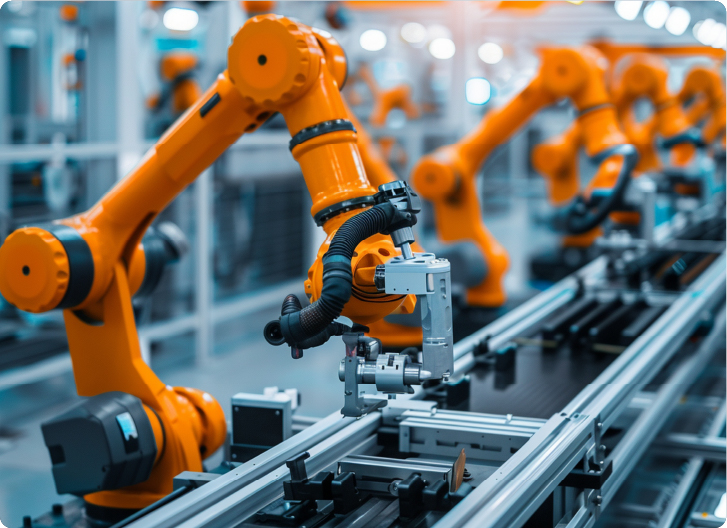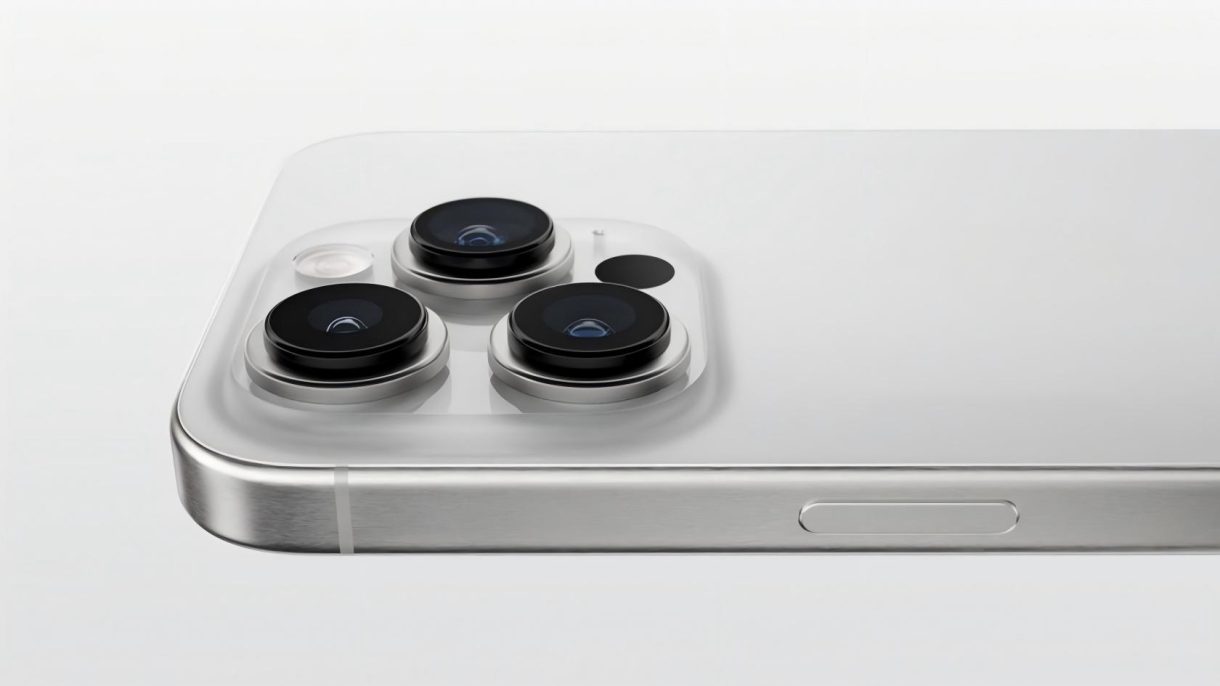
When you pick up an iPhone, you feel its build quality. But not all iPhones use the same material. You may have noticed models made from stainless steel or aluminum.
The difference goes beyond just how it looks. Each metal affects the phone’s weight, strength, and even price. You need to know how these materials impact your daily experience.
In this article, you’ll learn how stainless steel and aluminum compare. You’ll see why Apple chooses different metals for different models. This will help you decide which iPhone suits your needs better.
iPhones feel high-end and sturdy due to stainless steel. The difference is noticed the moment you hold it. The material has distinct advantages that surpass the look.
The massiveness of stainless steel provides an element of solidity. You get the sensation that you are holding something that is long-lasting. This material signifies the attention to premium craftsmanship that Apple has.
More than the appearance, stainless steel provides additional protection. It can deal with everyday wear compared to many other materials. In case you drop your phone, it will be able to absorb impacts better.
Compared to aluminum, stainless steel is quite strong. It is not easily bent or dented even when pressure is applied. This is the reason it is used in Pro models by Apple.
The everyday bumps are not so easy to leave traces. This is an advantage that will keep the iPhone looking good with time. You end up with a phone that looks like new, even after extensive use.
You are assured of its long-lasting nature. Accidental drops are not such a big concern. The frame remains taut and intact.
Stainless steel has a mirror-like finish. It reflects light and gives it a luxury touch. It is much more appealing to many users compared to matte aluminum.
The sleek surface is smooth to touch. The shine of Pro models makes them recognizable at once. iPhone looks good in that shiny frame.
This finish also matches splendidly with the glass back. They give a unified luxury look. The attention to detail makes itself felt whenever you use it.
Stainless steel is normally rust and corrosion-resistant. Your phone can be used under many conditions without fear. The frame will not be easily affected by moisture or sweat.
Although no material is scratch-proof, stainless steel is more resistant to small abrasions. It retains its polish beyond what some may think. The shiny finish makes light scratches less noticeable.
The corrosion resistance will retain the value of your iPhone. After years, it still maintains its original appearance. It is one of the reasons that Pro models have good resale value.
Apple carefully selects stainless steel for parts that require extra durability, shine, and strength. Let’s explore where and why this material is used in your iPhone.
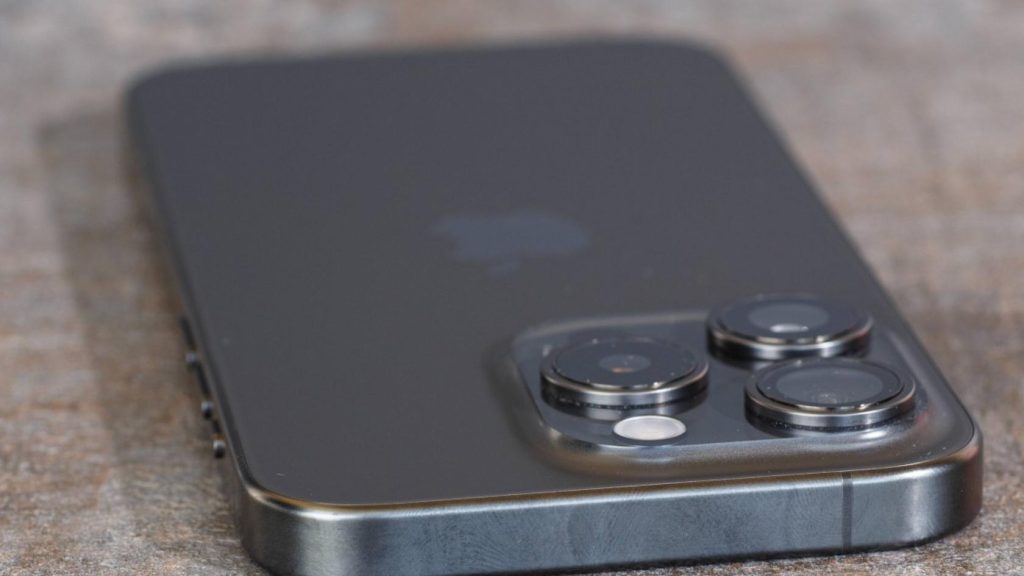
The best application of stainless steel is the frame of the Pro models. When you hold the phone, you will be able to feel the shiny mirror-like edge. Not that the smooth outer band is just a showpiece, it is the backbone.
The frames made of stainless steel do not bend easily as compared to aluminum when pressure is applied. The material does not lose its shape when there are slight falls or hits. This assists in safeguarding the internal parts that are inside the phone.
In addition to its strength, the stainless-steel frame has a high-end hand-feel. The iPhone Pro models have a luxurious balance and hefty weight. The difference is immediately noticeable between the lighterweight aluminum versions.
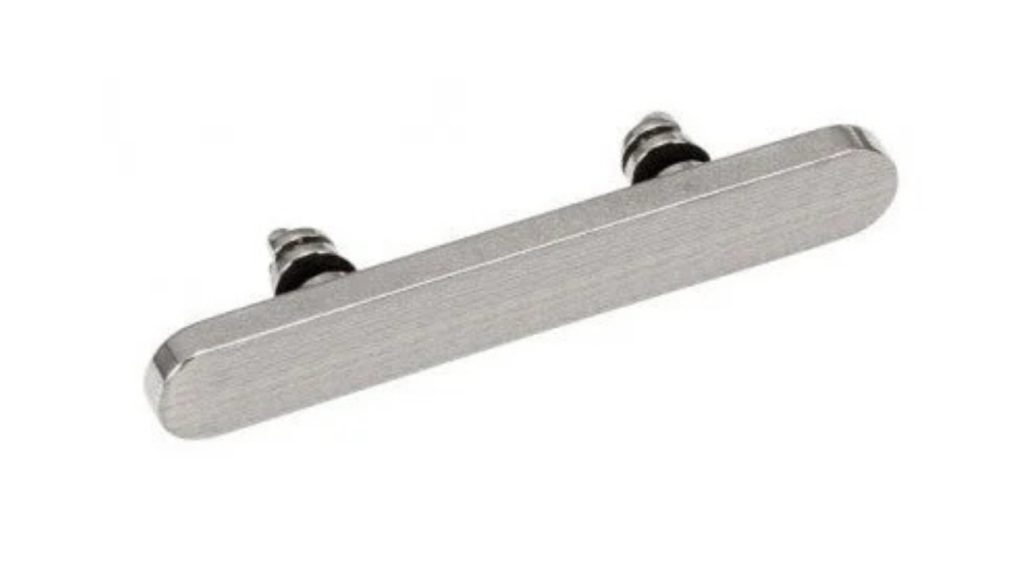
Stainless steel can also be valued on physical buttons. Pro versions commonly use stainless steel on the power button, volume rockers, and the silent mode switch.
These are subjected to severe daily usage. Constant pressing can be prevented with the aid of stainless steel. Aluminum buttons can also become loose or lose their click over time, whereas stainless steel remains crisply responsive.
The reason why Apple applies stainless steel in this situation is its anti-deformation property. The buttons remain smooth, firm, and aligned after thousands of presses.
There are stainless steel rings around the rear camera lenses. They act as a shield to one of the most vulnerable parts of the iPhone, the lens glass.
Whenever you set your phone on a surface or drop it by accident, the stainless steel rings absorb a lot of the shock. This will aid in avoiding scratches and cracks on the lenses of the camera itself.
Other than offering protection, these polished rings also improve the look of the phone. The shininess is also in line with the glossy edges of the frame, making the design look continuous and uniform throughout the gadget.
Internally within the phone, there is Stainless steel shielding in some internal components of the iPhone. They are shields that prevent the sensitive electronic components from electromagnetic interference.
The non-magnetic and corrosion-resistant nature of stainless steel makes it suitable for this task. It guarantees rigidity in performance, besides wearing out throughout the life of the device.
Although these internal shields are not visible, they serve an important purpose of making your iPhone dependable, quick, and responsive.
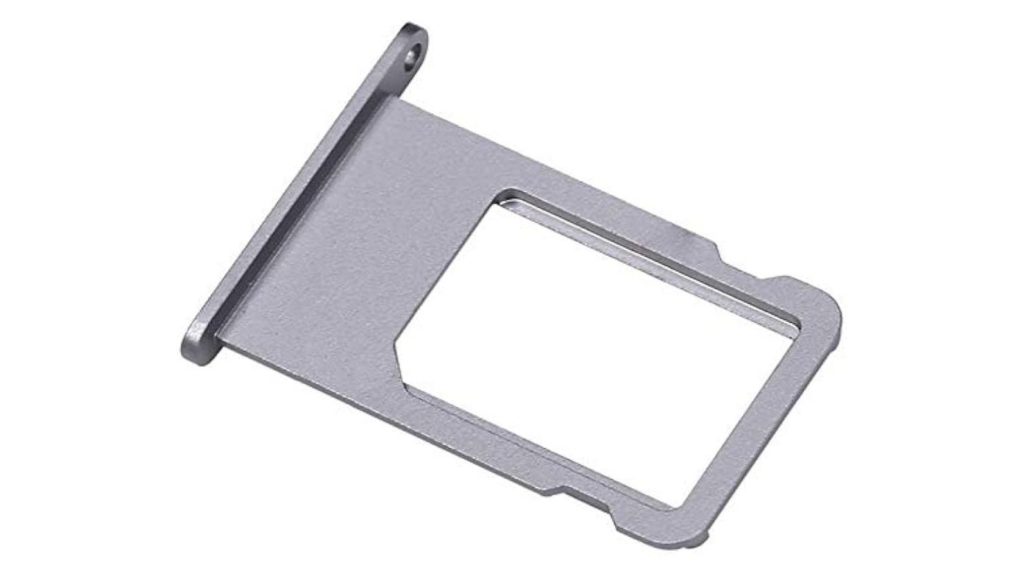
Stainless steel is also occasionally used in the SIM tray of the more expensive models. This gives it extra strength to avoid warping or cracking when the tray is being inserted or removed.
Stainless steel will provide a long lifespan since the SIM tray will be handled frequently. It maintains the small mechanism accurately so that there could be no problem regarding network connectivity because of the loose contact.
Apple doesn’t just use any steel for iPhone parts. It carefully selects premium stainless steel grades that balance strength, corrosion resistance, and appearance. Let’s break it down further.
iPhone Pro models are mostly made with 316L stainless steel. This grade is also called surgical-grade steel. It will be frequently found in watches of high-end watches, medical devices, and luxurious products.
The 316L is an excellent material in terms of corrosion resistance, even in salty or humid climates. The reason why your iPhone remains shiny even when you sweat or apply skin oils or moisture on it is because. The steel is rust-resistant, much more than the lower grades.
The 316L contains low carbon. It implies that it is less likely to crack during the production process or with time. That assists Apple in making accurate and sturdy frames without compromising the slim structure of the device.
The 316L steel used by Apple receives a high-polish mirror finish. This is what makes the iPhone Pro have a reflective look. This polish is only made possible with sophisticated precision machining and polishing.
High polish does not influence performance in any way, but makes a huge difference in visual appeal. It assists in creating a difference between Pro models and regular aluminum variations. Fingerprint residue is also not easy to accumulate on this finish as compared to other materials.
Apple collaborates with its suppliers in refining steel alloys. Occasionally, small changes can result in better machinability or surface finish without compromising durability.
These trade secrets can consist of additive elements that enhance polish retention/scratch resistance. Although Apple does not openly disclose complete alloy compositions, analysts think that these changes improve long-term performance.
This kind of precise control makes your iPhone feel and appear high-end even after many years.
In the case of smaller parts, such as camera rings, SIM trays, or internal shields, Apple can change the grade of steel. The aim is always to suit the purpose, striking the right balance between hardness, formability, and corrosion resistance.
Internal shields. Examples: Internal shields may consist of modified stainless steel or alloys thereof that are resistant to electromagnetic interference, yet provide structural support
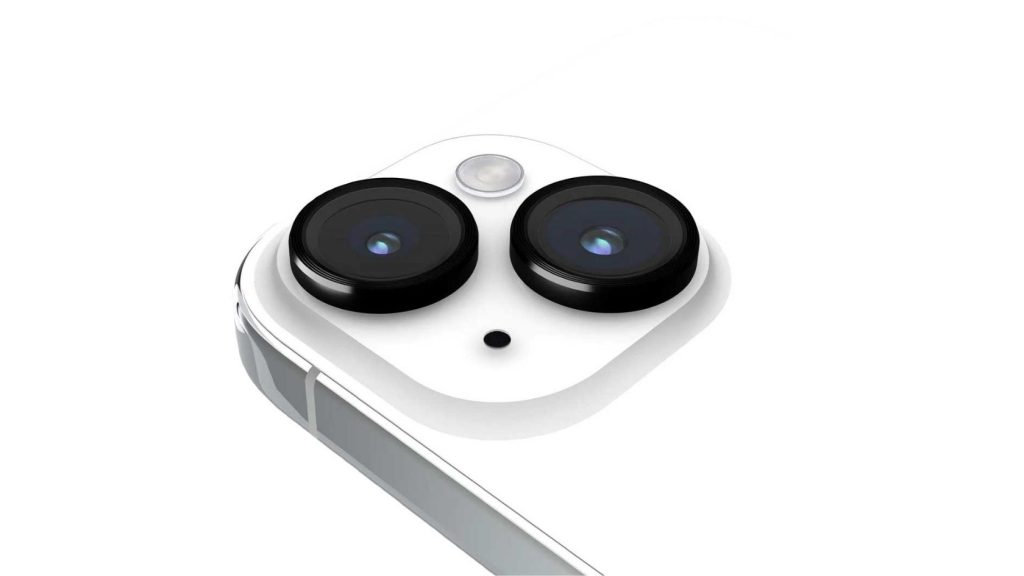
Aluminum plays a big role in many iPhone models. You see it in the standard iPhones, older models, and even iPads. It offers unique benefits that make it ideal for Apple’s production goals.
Aluminum is much lighter than stainless steel. This keeps the overall weight of the iPhone lower, making it easier to hold and carry. A lighter phone reduces hand fatigue, especially during long use.
When you compare the aluminum iPhones to the stainless steel Pro models, you instantly feel the difference. Many users prefer the lighter build for daily use, commuting, or extended gaming sessions.
Aluminum naturally dissipates heat better than many metals. As your iPhone handles complex tasks, heat builds up inside the device. Aluminum helps move that heat away from sensitive components.
Better heat management keeps performance stable and extends the device’s life. It helps prevent thermal throttling during gaming, video calls, or multitasking. Your iPhone stays cool and responsive.
Aluminum is less expensive than stainless steel. This makes it perfect for mass production while keeping prices lower for consumers. Even though it costs less, it still offers strong durability for daily wear.
The aluminum alloy Apple uses resists dents, scratches, and minor impacts. It balances affordability and toughness, helping millions of users enjoy reliable phones without breaking the bank.
Aluminum is easy to machine and shape. This allows Apple to create thin, complex designs while maintaining structural strength. CNC machining, extrusion, and anodizing work well with aluminum.
The precision allows for tight tolerances and sleek finishes. You get smooth edges, fine curves, and compact designs that feel premium while remaining functional.
Aluminum can be anodized, and this contributes to Apple providing a variety of colors. It has an anodized layer that enhances scratch resistance and gives it brilliant finishes such as midnight, starlight, blue, or red.
This versatility enables Apple to change designs annually. Consumers love variety, and the protective finish adds appearance and life to the product.
Aluminum is widely used across multiple iPhone models. It offers flexibility, durability, and design freedom. Apple relies on aluminum for many key parts that you use every day.
The entire housing or outer frame of many iPhones is made of aluminum. Models like the iPhone 14, iPhone 13, and earlier non-Pro versions use aluminum frames. These frames keep the phone light while adding structural support.
Aluminum frames help protect internal components from drops and impacts. They also allow Apple to create slim designs without sacrificing strength. The frame serves both aesthetic and functional roles.
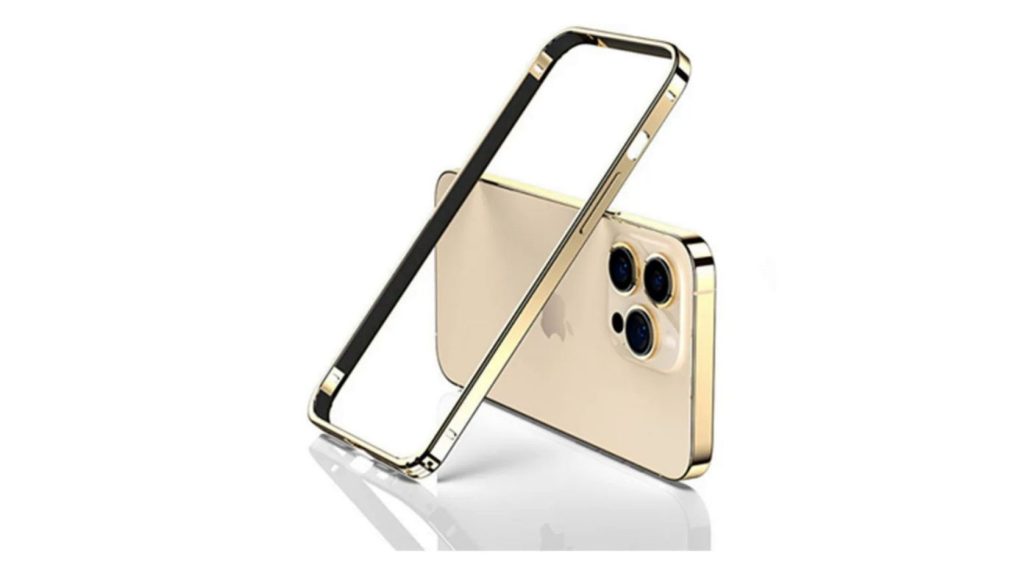
For iPhones with metal backs, aluminum forms the main rear panel. Though newer models use glass backs for wireless charging, aluminum backs were common in older models like the iPhone 6 and iPhone 7.The aluminum back panel provided strength and a sleek metallic finish. It also helped with heat dissipation and improved durability in daily use.
Aluminum brackets are used inside the phone to fasten components. These structural components hold the logic board, battery, and camera modules. Aluminum offers sufficient strength and eliminates extra weight.
Due to the machinability of aluminum, Apple can produce thin and precise brackets. This enables a closer layout of components, which is in line with the slim and compact design objectives of Apple.
Smaller components such as the SIM card tray, volume keys, and side button may be made out of aluminum. These are petite aluminum pieces that come in the body color and keep the high-end appearance of the device.
These parts are made of aluminum that can be easily anodized, and thus they harmonize with the overall design of the phone. They are also not easily corroded or worn out in daily use.
On some earlier models, the Apple logo embedded in the back was cut from polished aluminum. This gave it a shiny, metallic contrast against the back casing. Though newer models embed the logo under glass, aluminum logos were a signature detail.
Apple takes its time to choose grades of aluminum to be used in various components of iPhones. Every grade combines strength, weight, corrosion resistance, and appearance. Apple has several primary grades, so let's have a look at them.
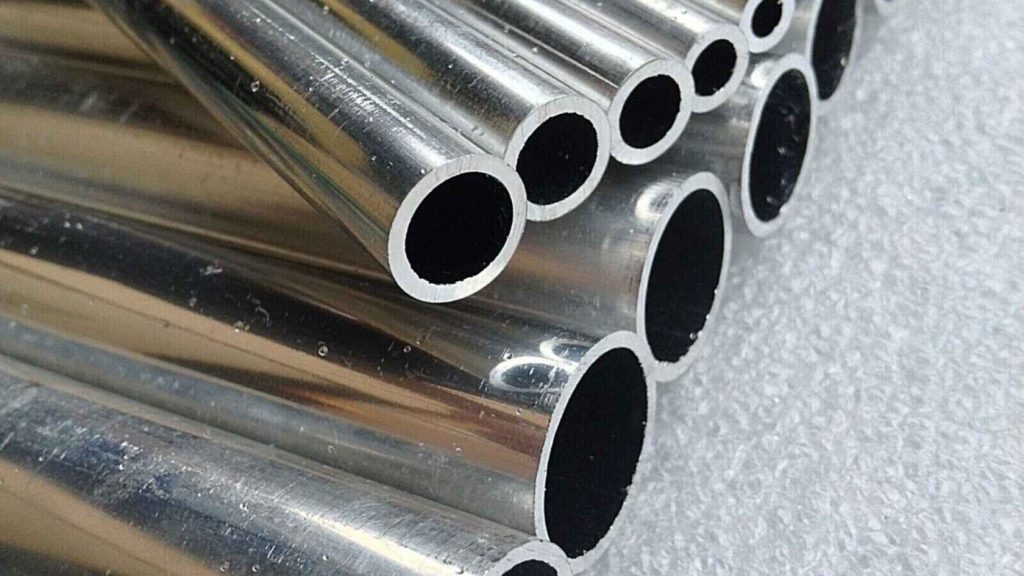
iPhones' bodies are mainly made of 6000-series aluminum supplied by Apple. The most widespread is 6063 or 6061. These alloys are magnesium and silicon alloys, which possess very good strength and corrosion resistance.
The 6000-series alloys are extruded and machined easily. Their flexibility allows them to be used in forming the sleek bodies and fancy models of iPhones. They also permit Apple to Anodize the surface to give deep colors and powerful finishes.
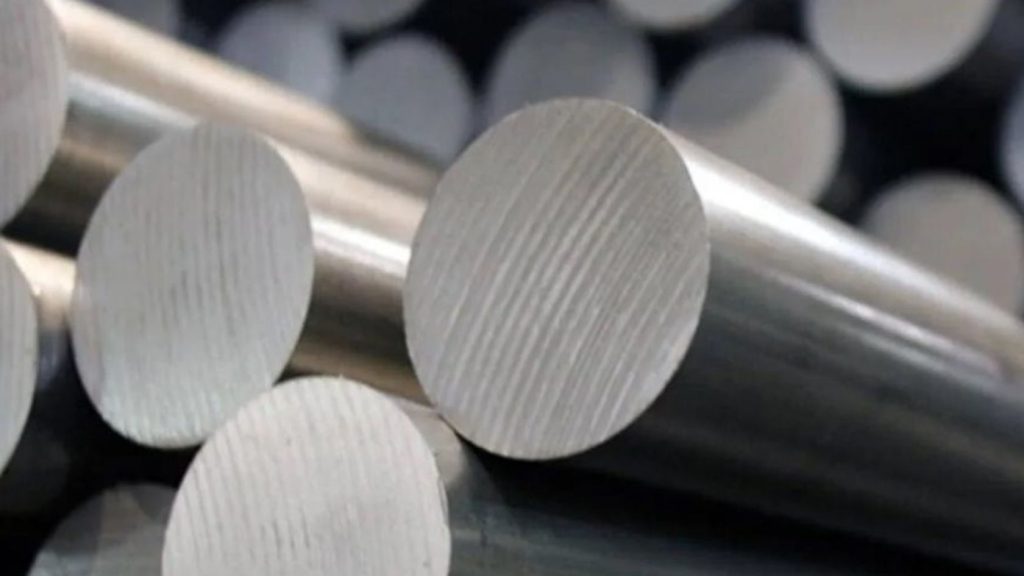
In the case of stronger models, Apple occasionally utilizes 7000-series aluminum, including 7075 alloy. Zinc is the main alloying agent incorporated in this grade. It is stronger and remains light.
The 7000-series aluminum is harder to bend and dent compared to the 6000-series. It is applied in areas that need additional strength but not thickness. It may be, however, more costly and a bit more difficult to machine.
Apple has gone ahead to come up with its customized aluminum alloys. As an illustration, in the case of iPhone 6S, Apple came up with 7000 Series custom aluminum to avoid the bending issues experienced in the preceding models.
These custom alloys offer the combination of high strength and ductility, as well as improved surface finish. Each generation of iPhones has specific design and durability goals that Apple engineers achieve by performing careful composition adjustments.
Apple advances the usage of 100% recycled aluminum in recent models. These recycled alloys retain strength and look good as they contribute to the environmental objectives of Apple.
Recycled aluminum has found a new use in the frames of the newer iPhones, such as the iPhone 14 and iPhone 15. To make these environment-friendly materials, Apple recycles its manufacturing scrap and returns that consumers send back to the company.
Now you understand how the two materials influence your iPhone experience. Stainless steel is strong, luxurious, and high-end. It is more resistant to scratches and provides your phone with the fancy sheen that you can tell immediately. Nevertheless, it also makes the phone a bit heavier to hold.
Aluminum has its positives. It makes your iPhone lighter and more portable to carry daily. In addition, the material is not easily corroded, and it can absorb impacts without cracking. The utilization of recycled aluminum in Apple also promotes its environmental responsibility, as newer models are more sustainable.You also gain insights like how these materials are utilized in various iPhone components. The structural integrity is provided by stainless steel frames, whereas aluminum frames can be found on lighter models. Internal components, buttons, and shells are made with specially chosen grades such as 6061, 7075, or Apple-made custom mixes of aluminum. Each grade is selected to offer an ideal combination of strength, machinability, and appearance.
